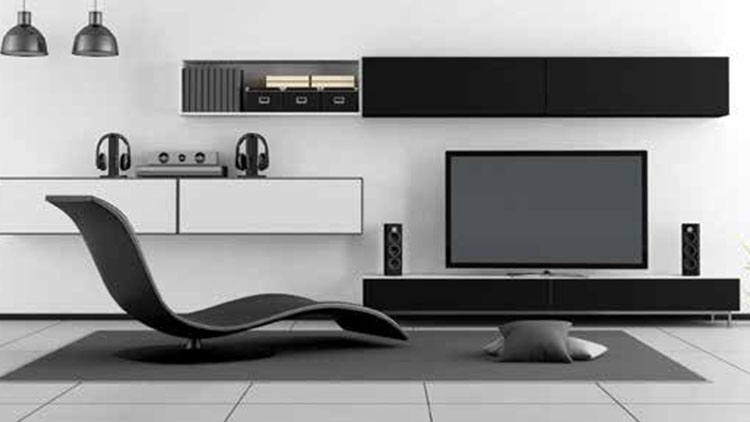I’ve been writing about the correlation between the residential AV industry and the traditional commercial AV industry for years. I’ve jumped on a soapbox and urged the InfoComm crowd to pay attention to the residential market, to realize the driving factor behind the clients’ love for all things iPad or, more recently, Alexa. You see, it’s not just that the residential market is adopting new technologies faster, per se—it’s that the residential market often seems to apply these new technologies with a little more polish.
In the past, we’ve seen how the commercial market tends to roll out these changes more slowly than the residential market. For example, we experienced the commercial pushback against the iPad for quite a long time before they became a standard touchscreen control interface in system designs. It’s not to say we didn’t want to use an iPad in a design, but we already had many great touchscreens from our control partners that increased our profit margins, so why would we: a. change, and b. sell something that makes us no money? Well, over on the residential side, there was the same concern, but most residential integrators jumped at the opportunity to utilize a sub-$1,000 iPad as a touchscreen device. Why did so many residential integrators do this when the commercial side was shunning the device? They saw the opportunity! Previously, they would see only a small number of traditional touchscreens on every project due to cost, but this new technology instantly afforded residential integrators the opportunity to place a touchscreen in any location imaginable. Were they potentially losing some product margin? Yes. But did they have an opportunity to create a better solution for their clients? Also yes.

The commercial AV industry could benefit from a close look at how the residential channel blends new technologies with sophisticated design.
In addition to adopting technology, the residential industry is fantastic at creating environments with a refined aesthetic. This isn’t to say the commercial industry isn’t capable of beautiful projects, or fashioning stunning rooms. But, all too often, I find we spend the majority of our time focusing on function over form. Now this isn’t all bad. On the contrary, this is what we need to focus on. We need to ensure that our systems work, because no one in a commercial environment will care how pretty your install is if it doesn’t function well, or worse, at all. Yet, if we’re honest with ourselves, it wouldn’t hurt us as a whole to give a little more credence to the aesthetics of our systems.
This is something the residential market has understood for years. Because they spend so much time working within the constraints of interior design to achieve these powerful systems, it usually is just second nature for so many residential integrators. There are entire lines of speakers that have been designed as works of art, and others that all but vanish behind the drywall. It’s all about blending and concealing everything wherever possible to create the perfect atmosphere for the client.
Now, don’t misunderstand me, I’m not trying to ruffle any feathers. There are very subtle differences between the commercial and residential channels and we can all learn from each other. Let’s keep our ears to the ground at CEDIA 2017.
Road to CEDIA
The residential market should matter to all of us on the commercial side – with the rapid expansion of technology, worlds are blending and, like it or not, residential integrators are often the ones getting their hands on the newest gadgets first. They’re taking the latest technology and creating polished products with things we haven’t even had pop up on our radar.
There is an opportunity this month to see just how the residential industry continues to evolve with the technology; I encourage you head to CEDIA 2017 where I expect to see innovative new products and technologies.

